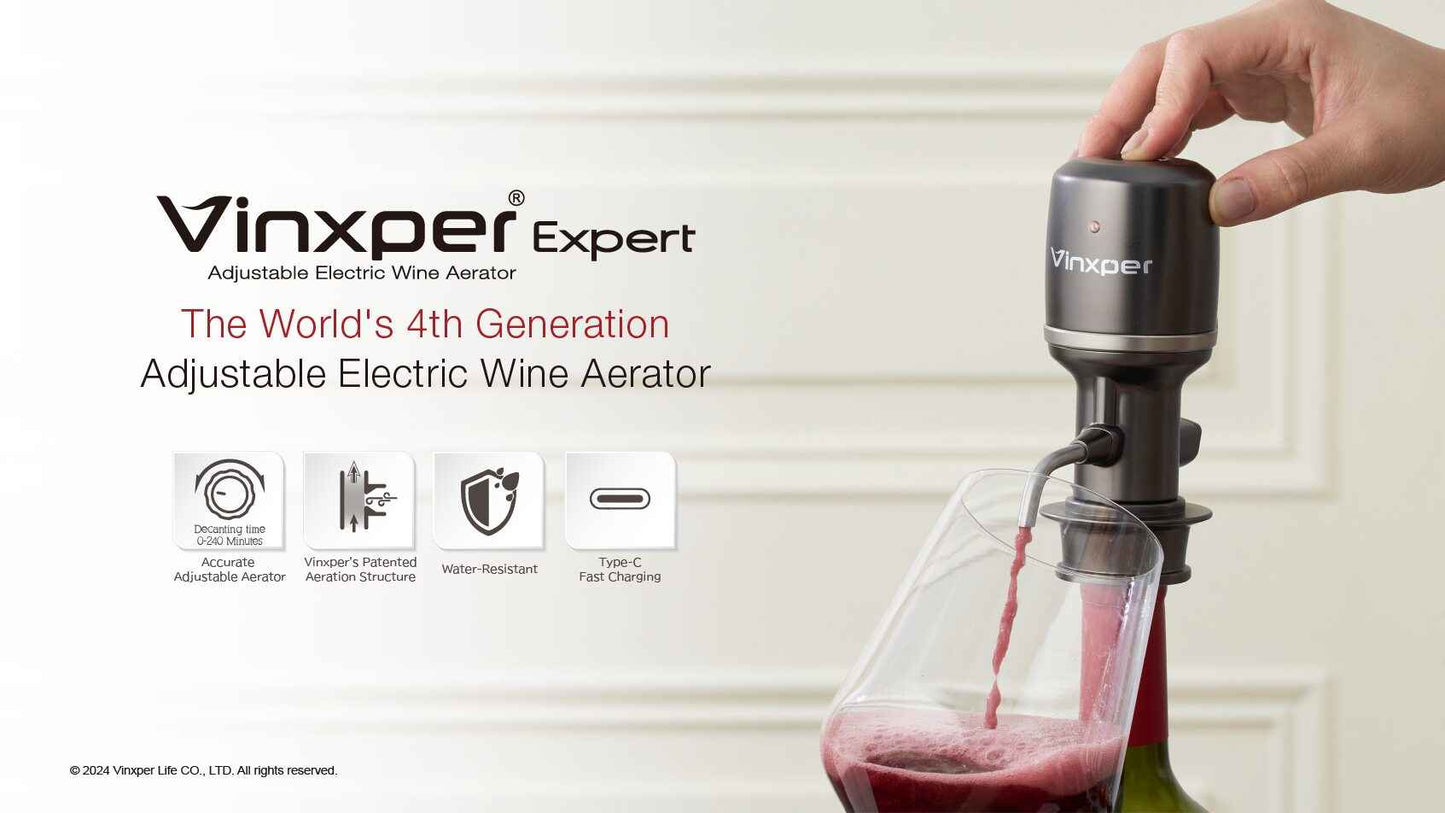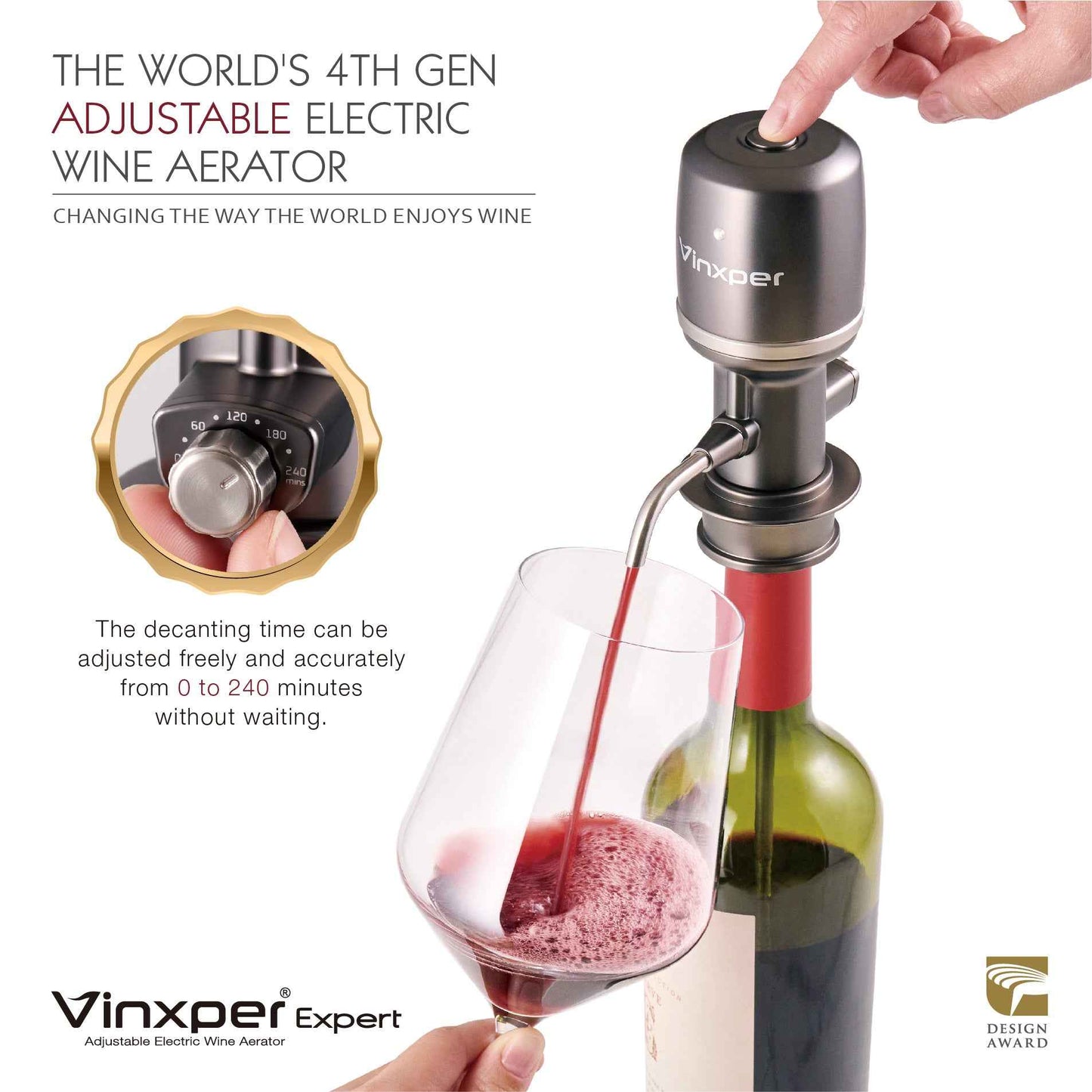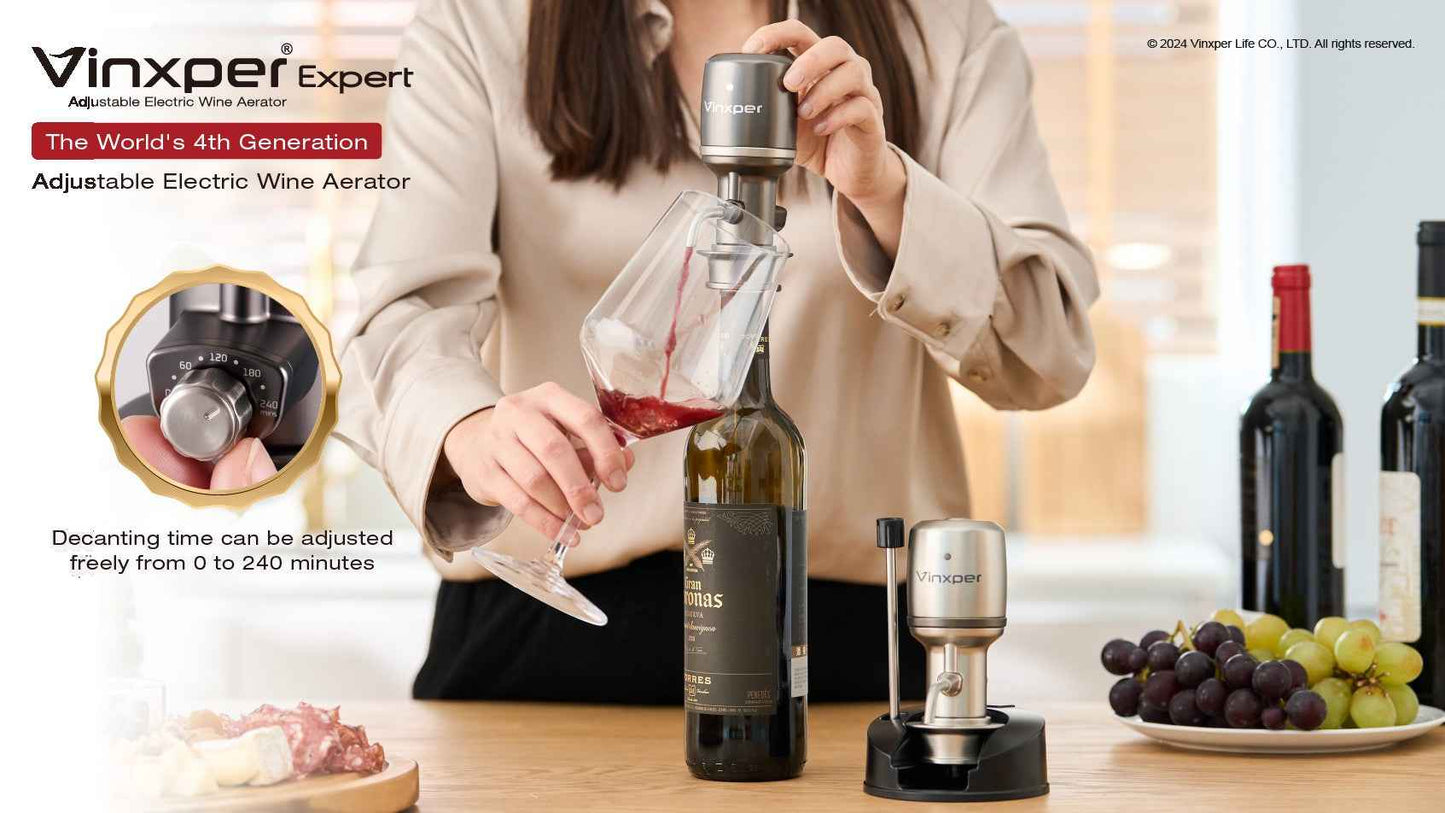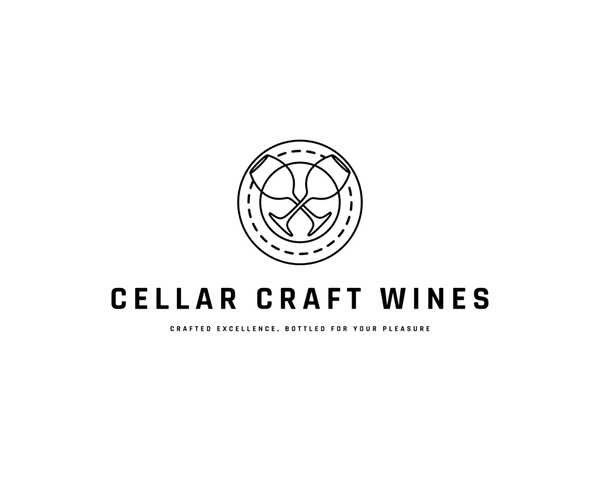Introduction to Matunara Winery
How it all started
José Ignacio Maturana together with his brother Sebastian and his family decided in 2010 after the great earthquake that affected Chile, to start a passion for the production of wines of exceptional quality. Since then, unique wines have emerged, which represent a way of life and how to keep intact the conditions where our grapes come from.
Differentiation
The wine industry in Chile has developed in the same way for decades, in a traditional and classic way, always doing and selling the same thing. For us, doing different things in every way is an opportunity. WELCOME THE DIFFERENT.
Passion
For us this word is the drug that motivates us to move forward, we are passionate about making, selling, knowing and creating something new. This quote identifies us: "Dreams can come true if you have the courage to pursue them" - Walt Disney
Quality
We believe that producing the best quality in different wines is our since. For us, the image, the name, the way of communicating that our wine represents is very important, as it goes hand in hand with our concept of creating something unique.
Introduction to Vinxper Expert
User Guide For Vinxper Expert
How to Clean Vinxper Device
Instantly improve your wine with Vinxper Expert.
Aerate in seconds—no decanter needed. Buy now and elevate every pour.
Cellar Craft Wines
Vinxper Expert 4th Gen Adjustable Electric Wine Aerator







